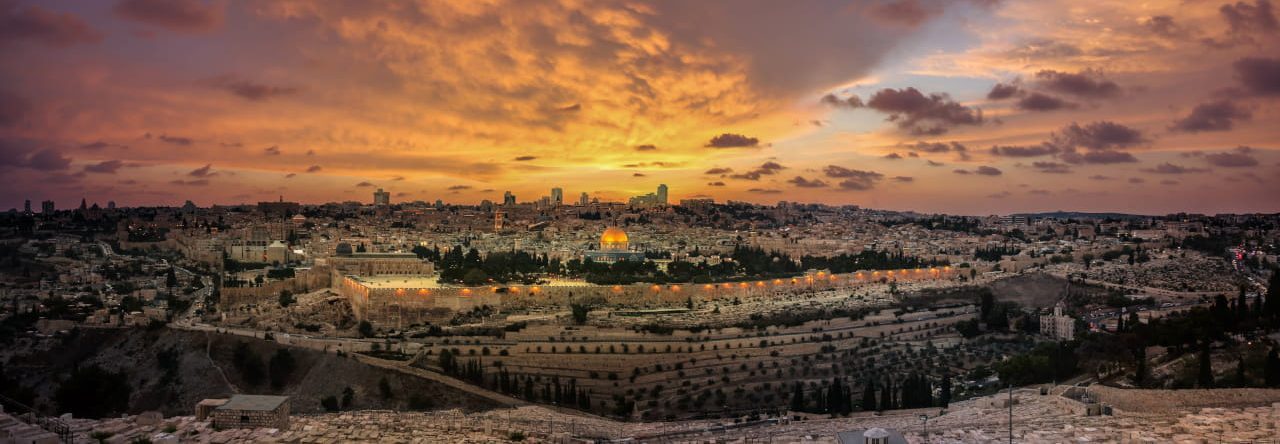The obsession of states to adopt learning standards and correlating assessment for three- and four-year-olds has become alarming. The assertion that we can create a better country by investing in the education of our preschool children has quickly evolved from teaching reading skills, to a barrage of teaching strategies, content, learning, assessment, and professional development, with reporting mechanisms to state and federal agencies. The eagerness of our government to lay hold of our children is shockingly Spartan.
Sparta was a powerful city state that appears in history around 900 BC and lasts for about 700 years. Thanks to modern cinema, we all have some small sense of Sparta and the famous Battle of Thermopylae depicted in the movie “300.” On the surface we recognize the military state and the emphasis that it placed on war. But, dig a little deeper, and one finds an interesting culture.
 While all Spartan children, both boys and girls, were highly and rigorously educated, the boys adhered to a special regimen. At the age of 7, Spartan boys began living in dorms together, detached from their families, in system called Agoge. The Agoge was designed to encourage discipline and physical toughness while emphasizing the importance and dominance of the Spartan state. Besides physical and weapons training, boys studied reading, writing, music and dancing, logic, philosophy, and rhetoric. According to Paul Cartledge, the Greek History Professor at Cambridge University, the Spartans delivered special punishments upon young boys if they failed to answer questions sufficiently ‘laconically’ (i.e. briefly and wittily). At age 20, the Spartan citizen began his membership in one of the citizen-sponsored syssitia (dining messes or clubs), composed of about fifteen members each, of which every citizen was required to be a member. Here each group learned how to bond and rely on one another.
While all Spartan children, both boys and girls, were highly and rigorously educated, the boys adhered to a special regimen. At the age of 7, Spartan boys began living in dorms together, detached from their families, in system called Agoge. The Agoge was designed to encourage discipline and physical toughness while emphasizing the importance and dominance of the Spartan state. Besides physical and weapons training, boys studied reading, writing, music and dancing, logic, philosophy, and rhetoric. According to Paul Cartledge, the Greek History Professor at Cambridge University, the Spartans delivered special punishments upon young boys if they failed to answer questions sufficiently ‘laconically’ (i.e. briefly and wittily). At age 20, the Spartan citizen began his membership in one of the citizen-sponsored syssitia (dining messes or clubs), composed of about fifteen members each, of which every citizen was required to be a member. Here each group learned how to bond and rely on one another.
The Industrial Revolution was brutal on mankind. Prior to the Industrial Revolution, man had survived, for millenia, in agrarian cultures. Agrarian cultures uniquely rely on community and relationships over production. The Amish are a good example of that today. One farmer grows wheat, another corn. One farmer raises cattle, another chickens. Together, they form a cooperative, symbiotic whole. Industrialization thrives on productivity, production, and profit, whether for the good of the company as a best case, or each man for himself as a worst case. Child labor as a human right violation is connected the excruciating transition from agrarian to industrial society. Child labor actually played an important role in the Industrial Revolution from its outset, often brought about by economic hardship. The children of the poor were expected to help towards the family budget, often working long hours in dangerous jobs for low pay,earning 10-20% of an adult male’s wage. Fortunately for us, the United States enacted the Fair Labor Standards Act and did away with child labor.
 While abuses have nearly always existed, the truth is that most children in an agrarian society grow up on or near their parents working and regularly participate in that work. This is the DNA of the agrarian culture. How do the children learn the craft and skills of farming, husbandry, midwifery, livery, etc…? Through the organic mentorship that took place between the child and the family matriarchs and patriarchs as they lived and worked day by day, side by side. And the resulting effect was a deep sense of community and filial responsibility that cultivated a child who understood the family trade, and would assume the leadership role in time (remember when company names were So and So, & SONS?).
While abuses have nearly always existed, the truth is that most children in an agrarian society grow up on or near their parents working and regularly participate in that work. This is the DNA of the agrarian culture. How do the children learn the craft and skills of farming, husbandry, midwifery, livery, etc…? Through the organic mentorship that took place between the child and the family matriarchs and patriarchs as they lived and worked day by day, side by side. And the resulting effect was a deep sense of community and filial responsibility that cultivated a child who understood the family trade, and would assume the leadership role in time (remember when company names were So and So, & SONS?).
States are, today, rushing to the plate to be the first and best in early childhood education. They are creating early learning standards for reading, literacy, mathematics, social development, and aligning a battery of assessments to validate every penny spent in development. Leading this charge is the National Association for the Education of Young Children (NAEYC). Defending the Early Years, a child advocate agency writes: NAEYC appears to have gradually retreated from its strong defense of Developmentally Appropriate Practices. The voices of its leadership have not been heard vigorously protesting the proliferation of standards and assessments or offering meaningful alternatives to them. As a growing number of early childhood educators attest, many of these standards, curricula and assessments are developmentally inappropriate, ignore children’s needs, capacities, and cultures, and do not honor how they learn or their uniqueness as learners.” Or as one teacher put it, we test or assess [these four year olds] every day.
Sparta prided itself in creating true Spartans, citizens that would die for the ideal of what Sparta represented. By creating a co-dependency on the state itself, Sparta was able to appear greater than Sparta actually was. Our national approach to preschool education is looking more Spartan every day. Rather than allowing children at young ages to learn valid skills and a legitimate trade by observing, working and interacting in the work environment with their fathers, the government requires that our children be brought into the government sponsored school house, where they are taught, just like Spartans, to become citizens–to learn the crafts and skills that apparently only the government school can impart–and subjecting them to the rigors of high-stakes testing from ages three to adulthood, meting out special punishments if they fail to answer standardized test questions sufficiently ‘laconically’. Isn’t the very nature of what we are creating as the solution nothing more than the expectations of production maintained in adult workplaces? Isn’t the very replacement to the abuse of Child Labor a civil rights violation as well? Welcome to Sparta!



